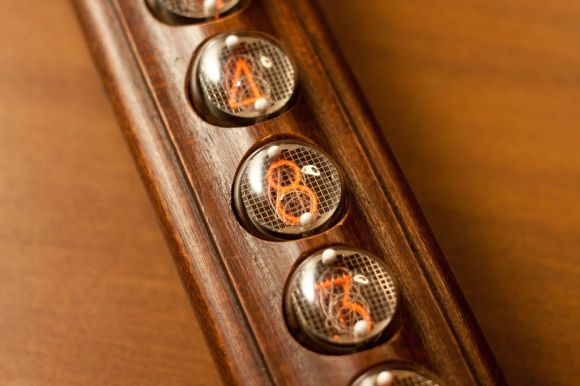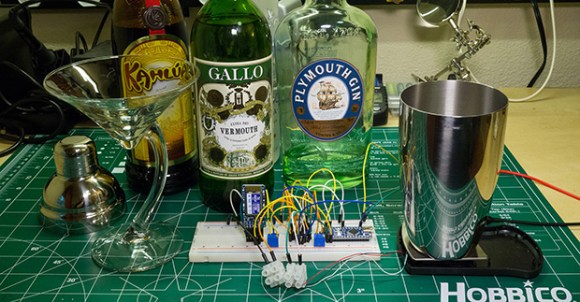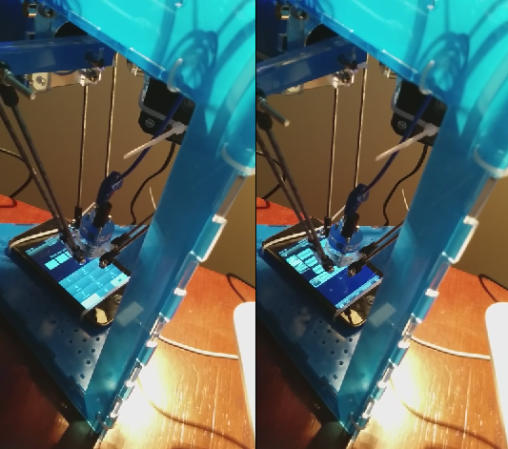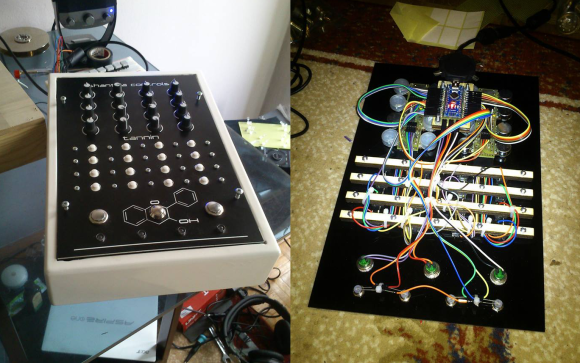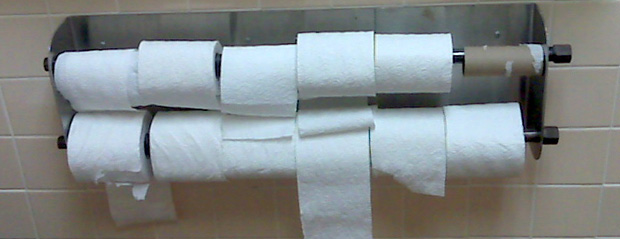
Over or under? Standing or sitting? Truly, toilet paper has been the focus of the most irreconcilable arguments ever. The folks on the Arduino Stack Exchange have a far more important question: how do you trigger an alarm when your TP supply is low?
[user706837] asked the Internet this question in response to his kids never replacing an empty roll. This eliminates the most obvious means of notifying someone of an empty roll – looking at it before you sit down – and brings up a few interesting engineering challenges.
Most of the initial ideas deal with weight or some sort of light sensor that can differentiate between the white TP and the brown roll. A much, much more interesting solution puts a radioactive source in the TP holder’s spring-loaded rod and uses a sensor to detect how much TP is left. A quick back-of-the-wolfram calculation suggests this might be possible, and amazingly, not too dangerous.
We’re turning this one over to you, Hackaday readers. How would you design an empty toilet paper alarm? Bonus points awarded for ingenuity and cat resistance.
Image source, and also one of the longest and most absurd Wikipedia articles ever.

 What do you do when you have a 10-gallon brew kettle (or any other stainless steel or aluminium thing) with no volume markings (or Hack a Day logos)? If you’re [Itsgus], you use science to
What do you do when you have a 10-gallon brew kettle (or any other stainless steel or aluminium thing) with no volume markings (or Hack a Day logos)? If you’re [Itsgus], you use science to 
